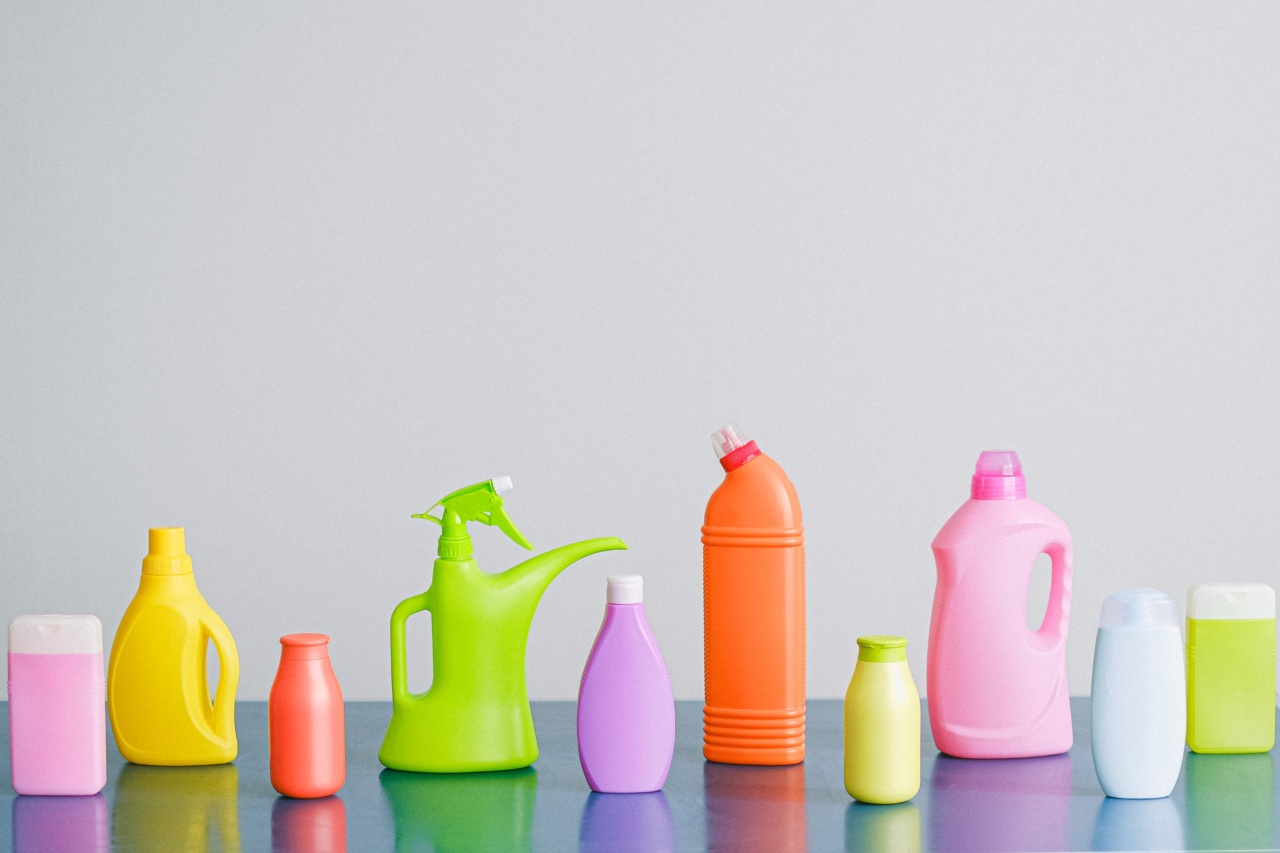Migraine is a debilitating neurological disorder characterized by recurrent headaches that are typically severe and often accompanied by other symptoms such as nausea, vomiting, and sensitivity to light and sound.
For individuals who suffer from migraines, identifying triggers is crucial in managing and preventing these painful episodes. While triggers can vary from person to person, some common culprits include certain foods and environmental factors. In this article, we will explore the potential link between two common migraine triggers: onions and cleaning chemicals.
The Role of Onions in Migraine Attacks
Onions, a staple ingredient in many cuisines around the world, have been associated with migraine attacks in some individuals.
The exact mechanism by which onions trigger migraines is not fully understood, but scientists believe that it may be related to the presence of certain compounds in the vegetable.
One such compound is tyramine, which is naturally present in onions and other foods. Tyramine is known to cause blood vessels to constrict, leading to changes in blood flow that can trigger migraines in susceptible individuals.
Additionally, onions also contain sulfites, which are used as preservatives in many processed foods. Sulfites have been linked to headache disorders, including migraines, in some people.
It is important to note that not everyone who consumes onions will experience a migraine attack. Migraine susceptibility varies widely among individuals, and some people may be more sensitive to the potential triggers found in onions.
The Link Between Cleaning Chemicals and Migraines
Cleaning chemicals, including household cleaners, air fresheners, and other commonly used products, have long been recognized as potential triggers for migraines and other respiratory symptoms.
These chemicals often contain volatile organic compounds (VOCs), which can be released into the air and inhaled.
In a study published in the journal Occupational and Environmental Medicine, researchers found a significant association between exposure to cleaning chemicals and increased risk of migraines.
The study suggested that certain chemicals, such as ammonia, bleach, and formaldehyde, may contribute to the development and exacerbation of migraines.
Furthermore, some cleaning products may emit strong odors or produce fumes that can trigger migraines in susceptible individuals. This is especially true for people who already have chemical sensitivities or a history of migraines.
Managing Migraine Triggers
While it may be challenging to completely avoid all potential migraine triggers, there are steps individuals can take to manage and reduce their exposure to onions and cleaning chemicals:.
1. Food Diary
Keeping a detailed food diary can help identify patterns between onion consumption and migraine attacks.
By noting the types and amounts of onions consumed, as well as the timing of migraines, individuals can determine if there is a clear relationship between the two.
2. Onion Alternatives
If onions consistently trigger migraines, individuals can explore alternative ingredients in their cooking. Garlic, for example, often provides a similar flavor profile without the migraine-inducing properties.
Experimenting with different herbs and spices can help maintain the desired taste while avoiding potential triggers.
3. Ventilation
When using cleaning chemicals, ensuring proper ventilation is essential. Opening windows or using exhaust fans can help remove airborne chemicals and reduce the risk of triggering migraines.
It is also advisable to wear protective gloves and masks while cleaning to minimize direct exposure to these substances.
4. Choosing Safer Cleaning Products
Opting for cleaning products labeled as “green” or “eco-friendly” can reduce the likelihood of triggering migraines.
These products typically have lower levels of VOCs and are less likely to emit strong odors that may exacerbate migraine symptoms.
5. Professional Cleaning
For individuals who are highly sensitive to cleaning chemicals, outsourcing cleaning tasks to professionals can be an effective solution. Professional cleaners often use safer and less irritating products, minimizing the risk of migraine triggers.
By being proactive and implementing strategies to minimize exposure to potential migraine triggers, individuals can better manage their condition and improve their quality of life.























